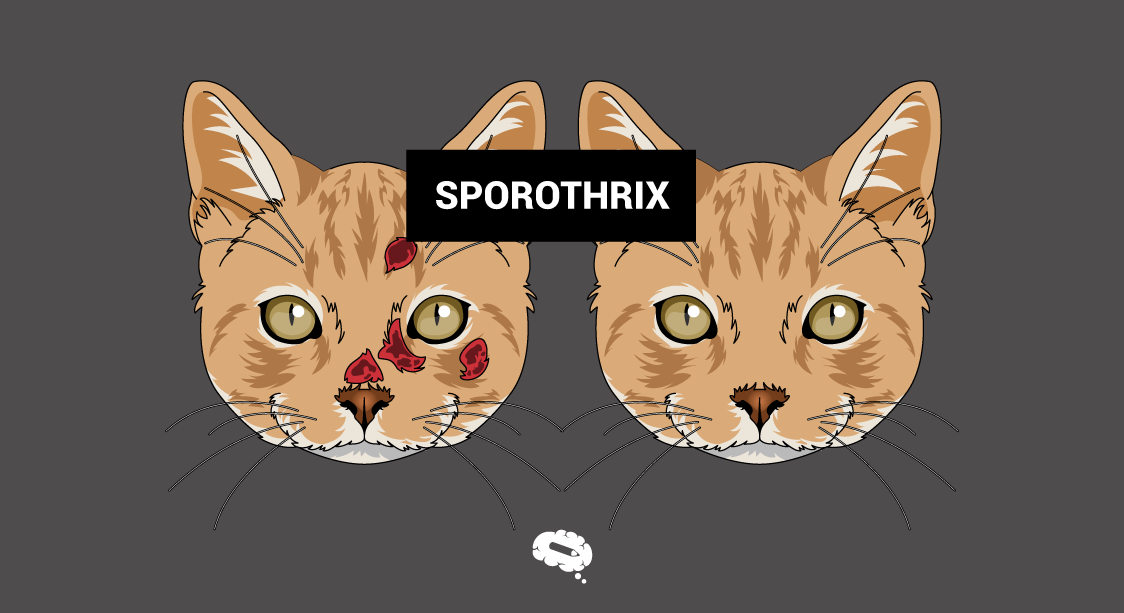Sporotrichosis, caused by a fungus called Sporothrix, is an infection that commonly affects people who work with plants, soil, or animals. This article will discuss the causes and risk factors of Sporotrichosis, how it is transmitted, and the symptoms associated with the infection. Additionally, we will review the available treatment options and preventative measures that can be taken to avoid contracting this infection.
What is Sporothrix?
Sporothrix is a genus of fungi (a taxonomic group that includes one or more species of fungi that share certain characteristics), the most well-known of which is Sporothrix schenckii. This fungus can cause an infection in humans and animals called sporotrichosis, also known as “rose gardener’s disease” because it is often associated with handling rose bushes and it is commonly found in people who work with plants and soil, such as farmers, gardeners, and florists, and it can be contracted by a prick or scratch from a plant or thorn.
The infection, caused by Sporotrichosis typically starts as a small, painless bump on the skin. Over time, the bump can develop into a sore or an ulcer that can become painful and may discharge pus. If left untreated, the infection can spread to the lymph nodes and other body parts. It can also affect the bones, joints, and internal organs in severe cases.

The story behind the Sporothrix
The first documented case of sporotrichosis was reported in 1898 by Dr. Benjamin Schenck. In Brazil, Lutz and Splendore described the first cases of sporotrichosis in humans and rats in 1907. Since then, sporotrichosis has been reported all over the world, but it is commonly found in tropical and subtropical regions.
In addition to the Sporothrix species, another fungus known as Sporothrix brasiliensis is also associated with the infection. Unfortunately, there has been a surge in the incidence of sporotrichosis in cats and humans in Brazil and other parts of South America, primarily due to the spread of Sporothrix brasiliensis.
Although sporotrichosis has been previously associated with scratches or bites from dogs, rats, and other small animals, cats are the primarily affected animals and can transmit the disease to humans. The chance of disease transmission between humans is very low. The most common form of transmission to humans has been through scratches from cats with sporotrichosis, contaminated soil, or plants.
In cats, the clinical manifestations of sporotrichosis are varied. The most observed signs are ulcerated skin lesions, and deep wounds, usually with pus, that do not heal and often progress rapidly.
What are the symptoms of Sporotrichosis?
The Sporothrix fungus can enter the body through a cut or scrape on the skin, or through inhalation of spores. The infection usually begins as small bumps or sore at the entry site and can spread along the lymphatic system, causing swollen lymph nodes and potentially leading to skin ulcers or nodules.
In rare cases, sporotrichosis can cause disseminated infection, which means the fungus has spread throughout the body. Disseminated sporotrichosis can cause fever, weight loss, and coughing. It can also affect the bones, joints, and central nervous system.

Treatment of Sporothrix (Sporotrichosis)
The disease is difficult to treat, especially in people with weakened immune systems. Sporotrichosis is usually treated with antifungal medications, and the duration of treatment may vary depending on the severity of the infection, in most cases, the infection can be cured with appropriate treatment. The course of treatment can be lengthy, lasting several months, and may require close monitoring by a healthcare provider.
Prevention measures include wearing gloves and long sleeves when handling soil or plants. Avoid contact with infected animals, particularly cats, that are known to be infected with the Sporothrix fungus. Make sure to clean any cuts or abrasions on your skin promptly with soap and water to prevent infection, and seek prompt medical attention if any symptoms of sporotrichosis develop.
Infographic templates made by scientists
Mind the Graph is a scientific infographic platform that helps scientists and researchers to create visually appealing and effective scientific graphics, such as infographics, posters, and scientific illustrations. Using these templates, scientists can quickly create professional-quality infographics and other scientific graphics without needing any design skills.

Subscribe to our newsletter
Exclusive high quality content about effective visual
communication in science.





